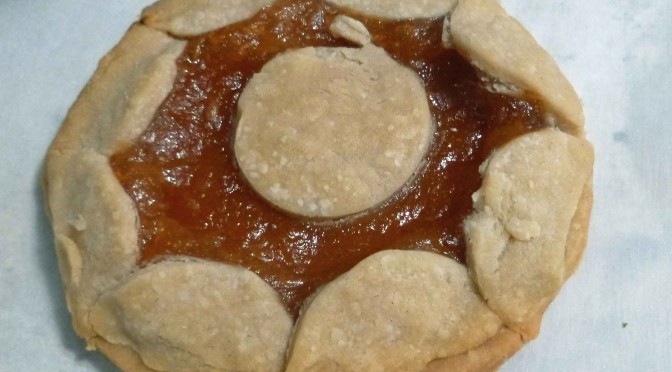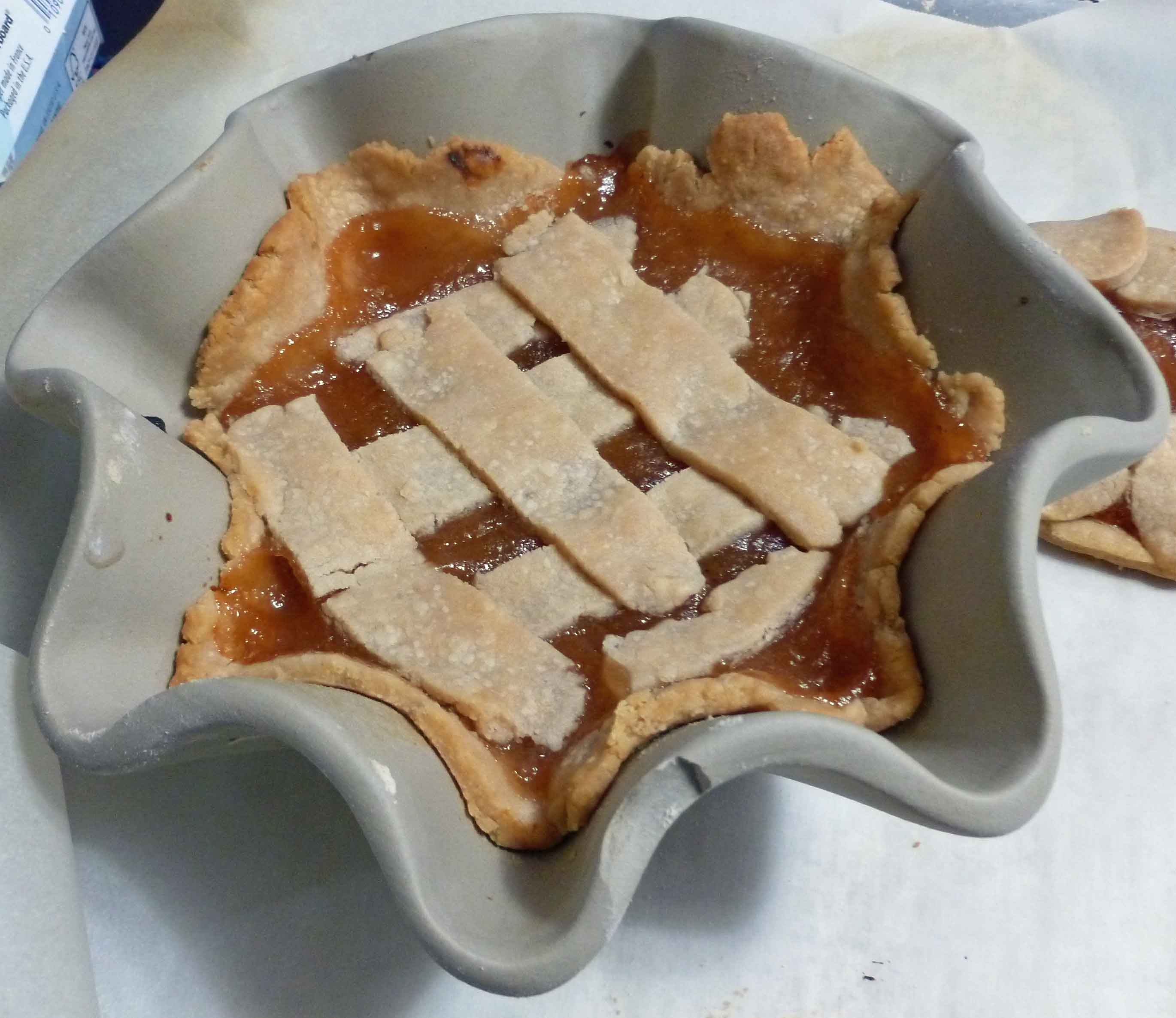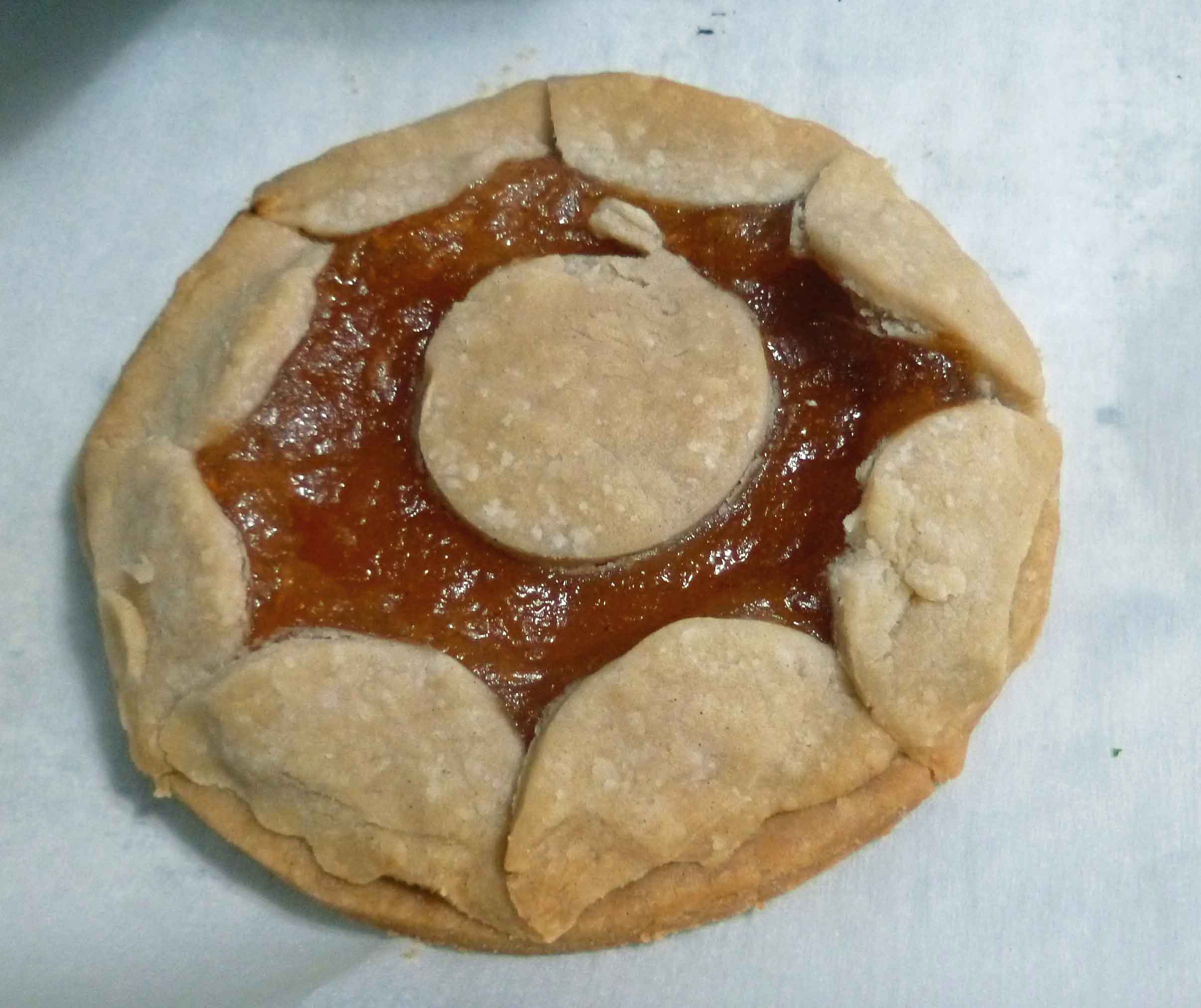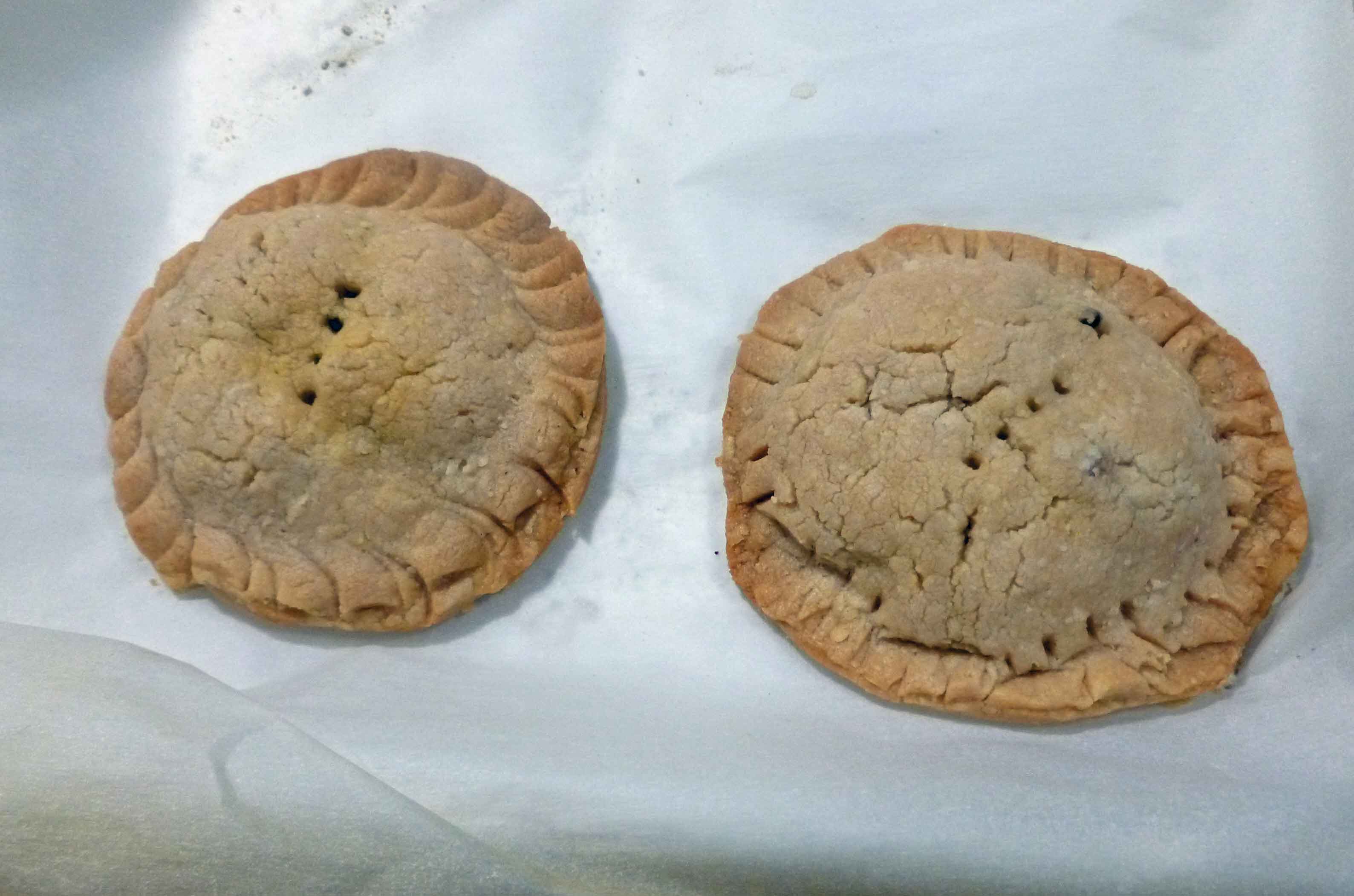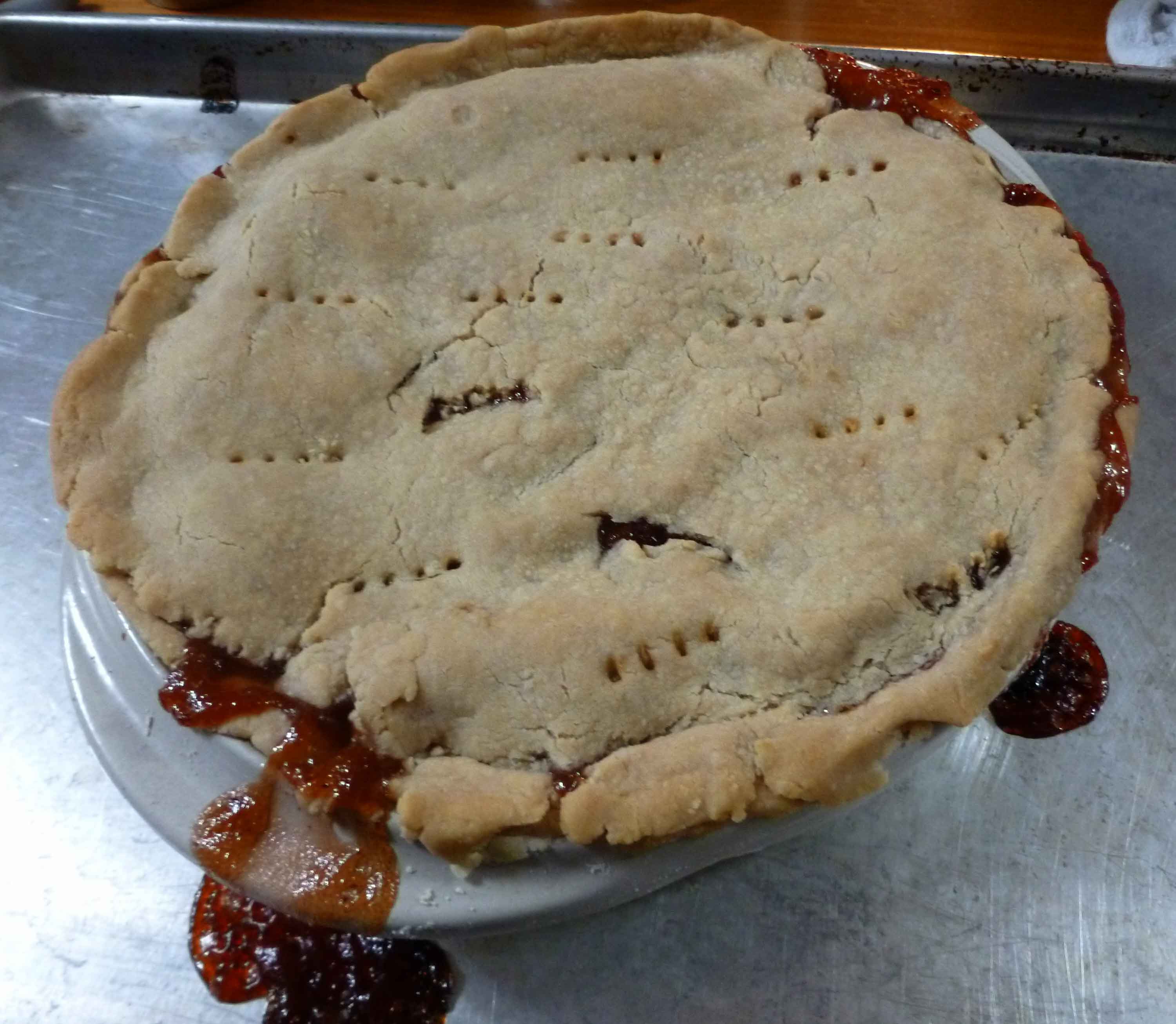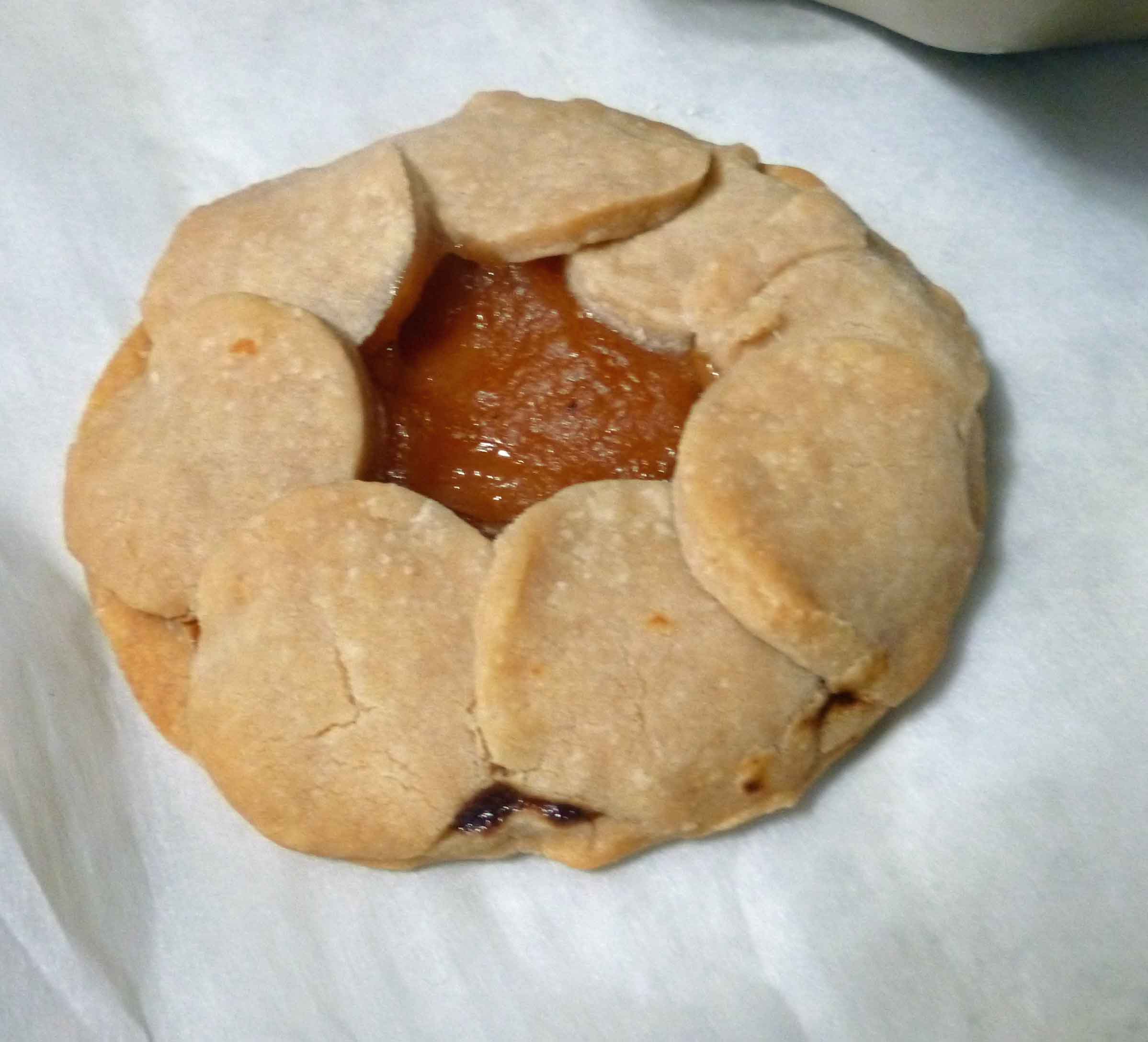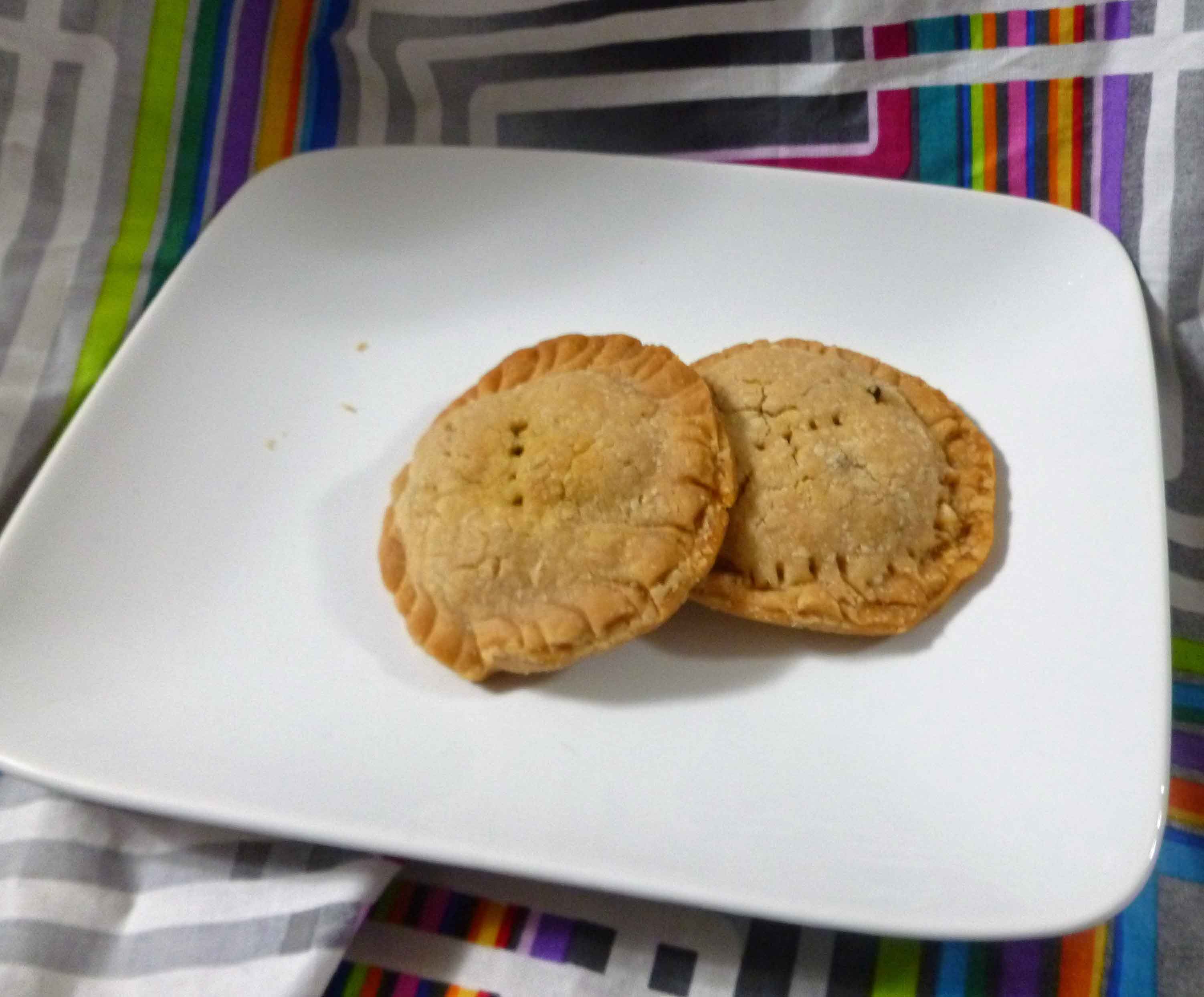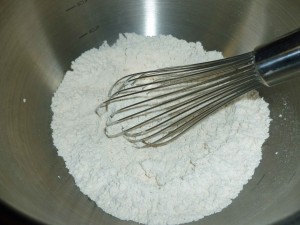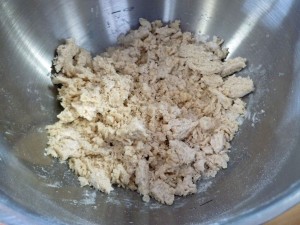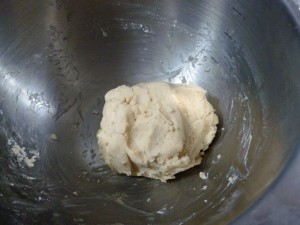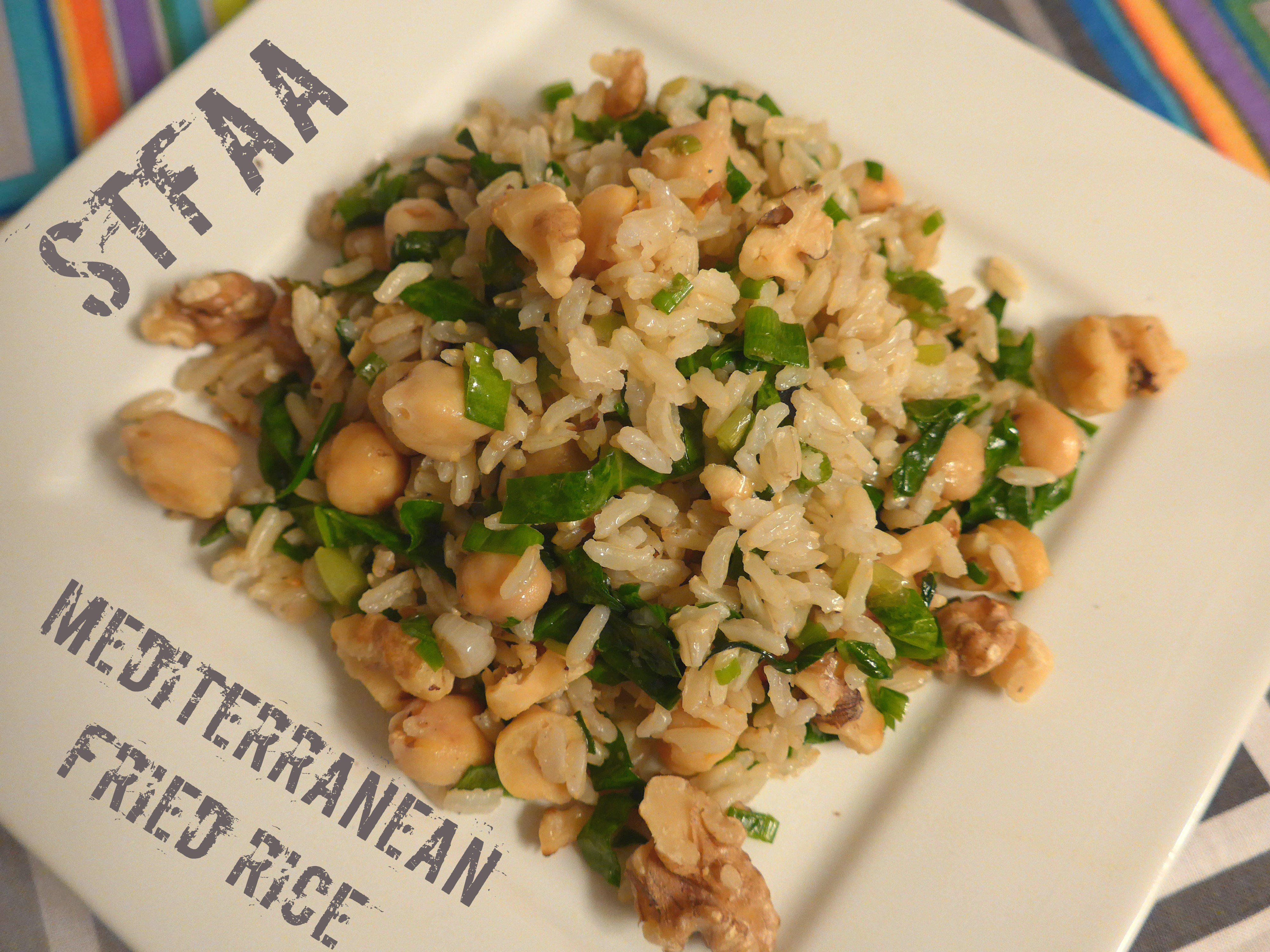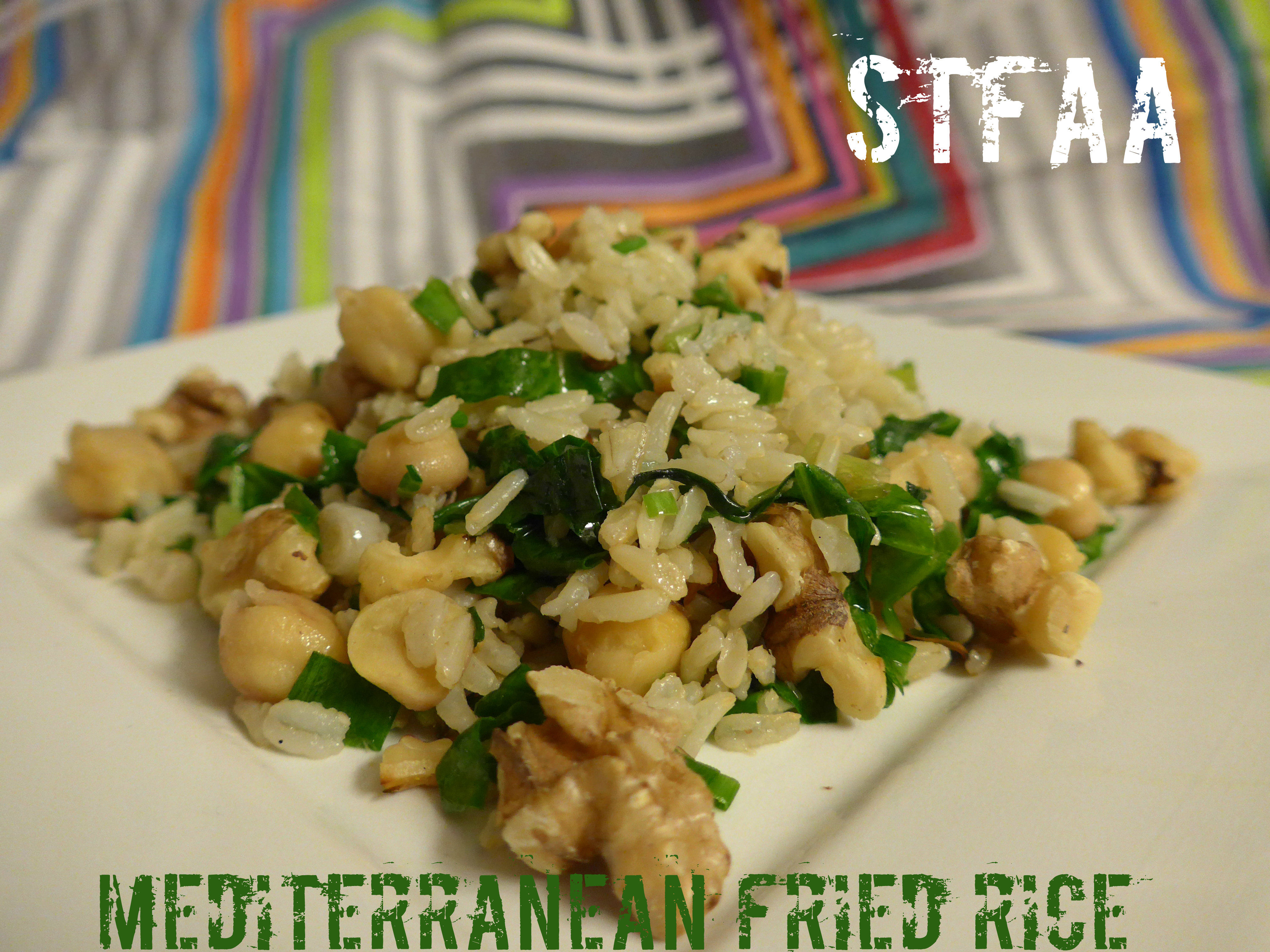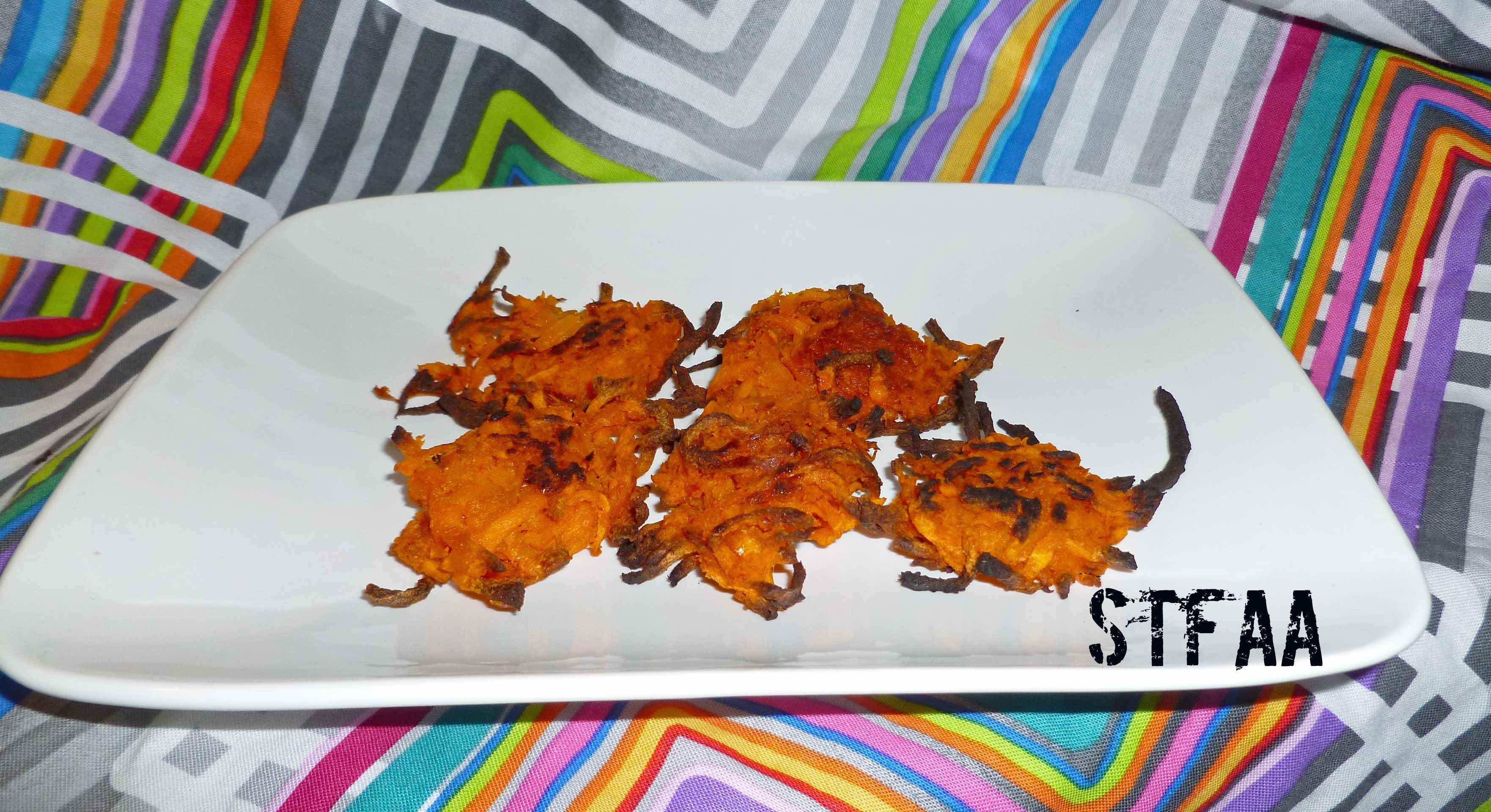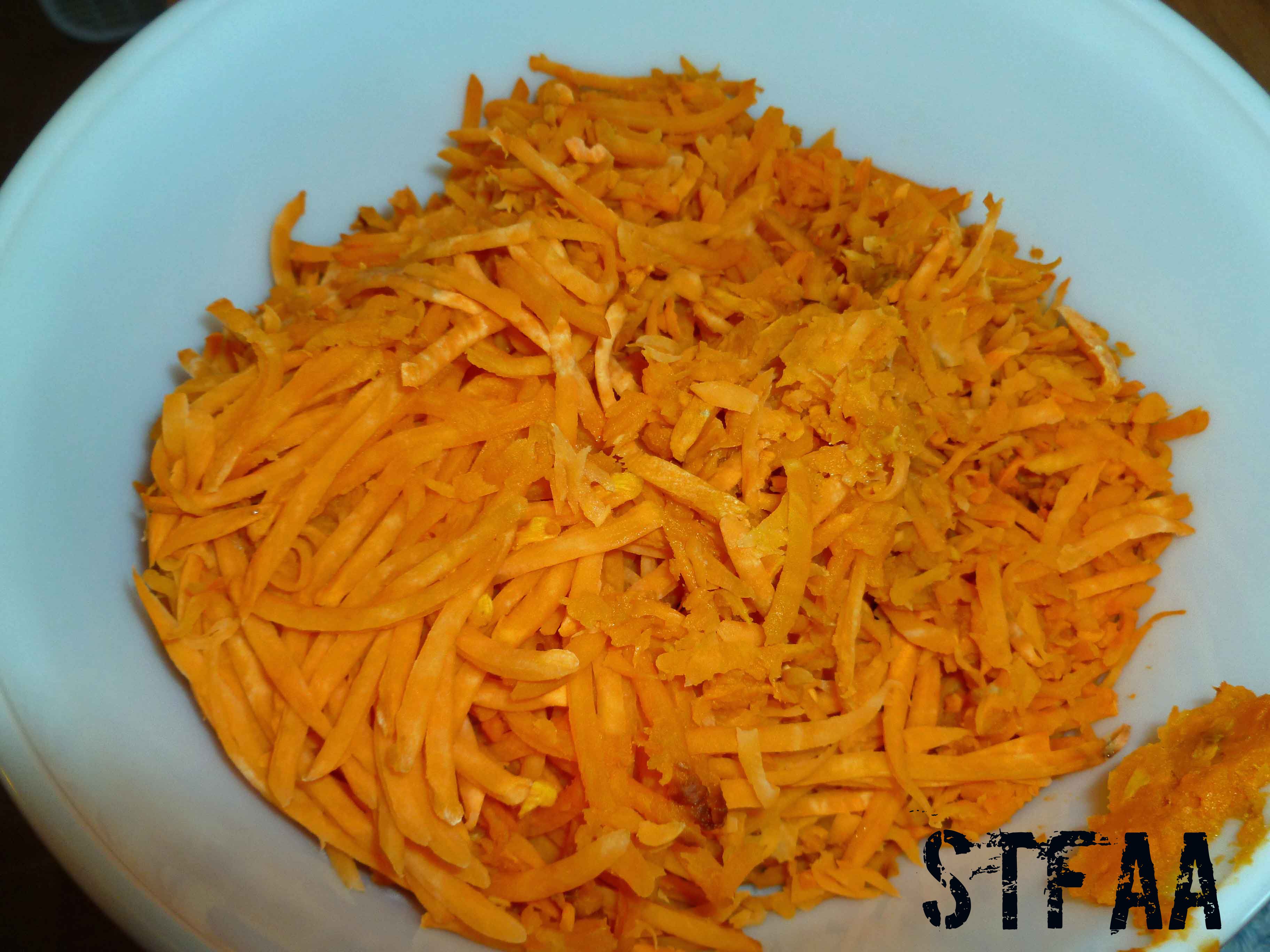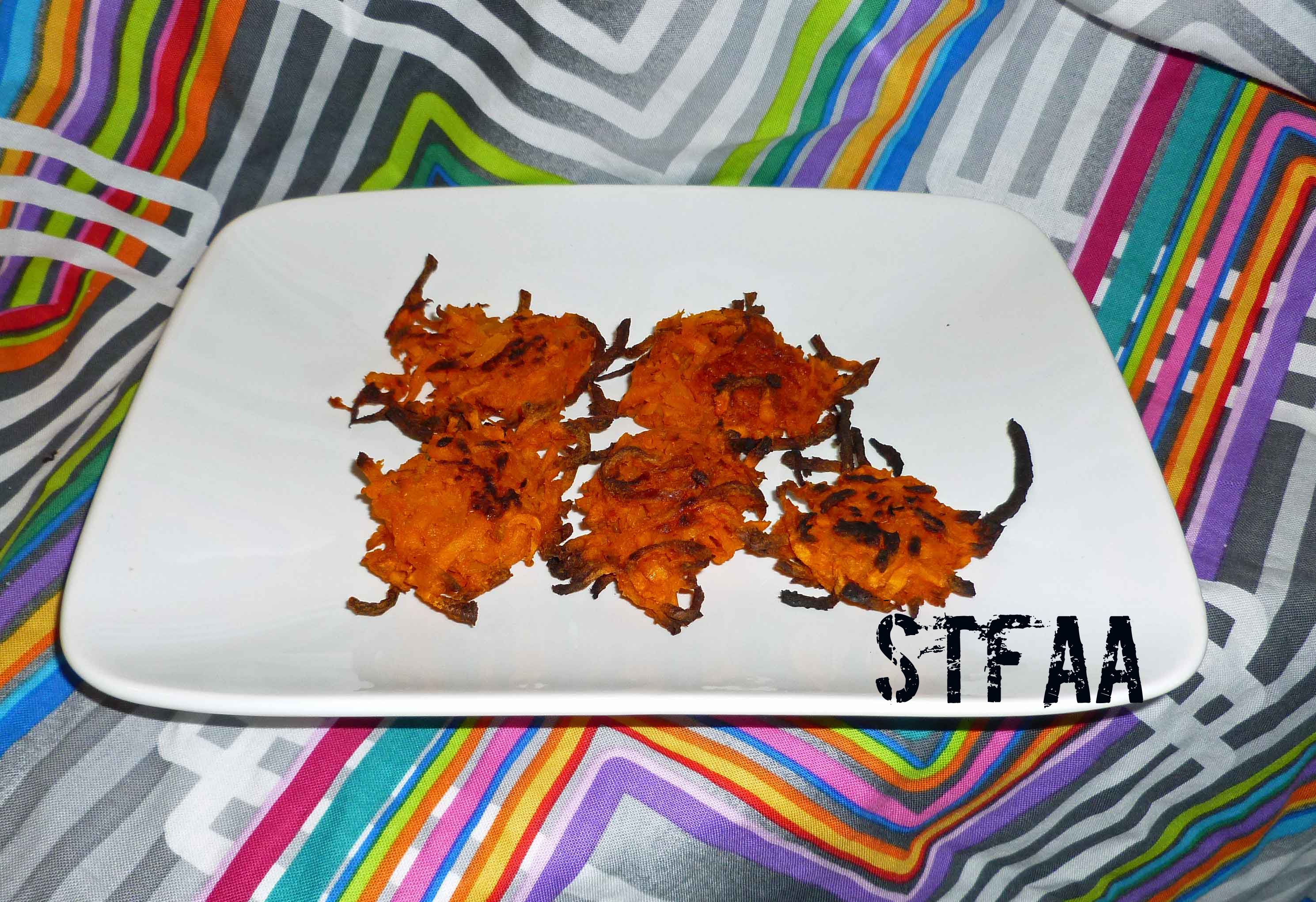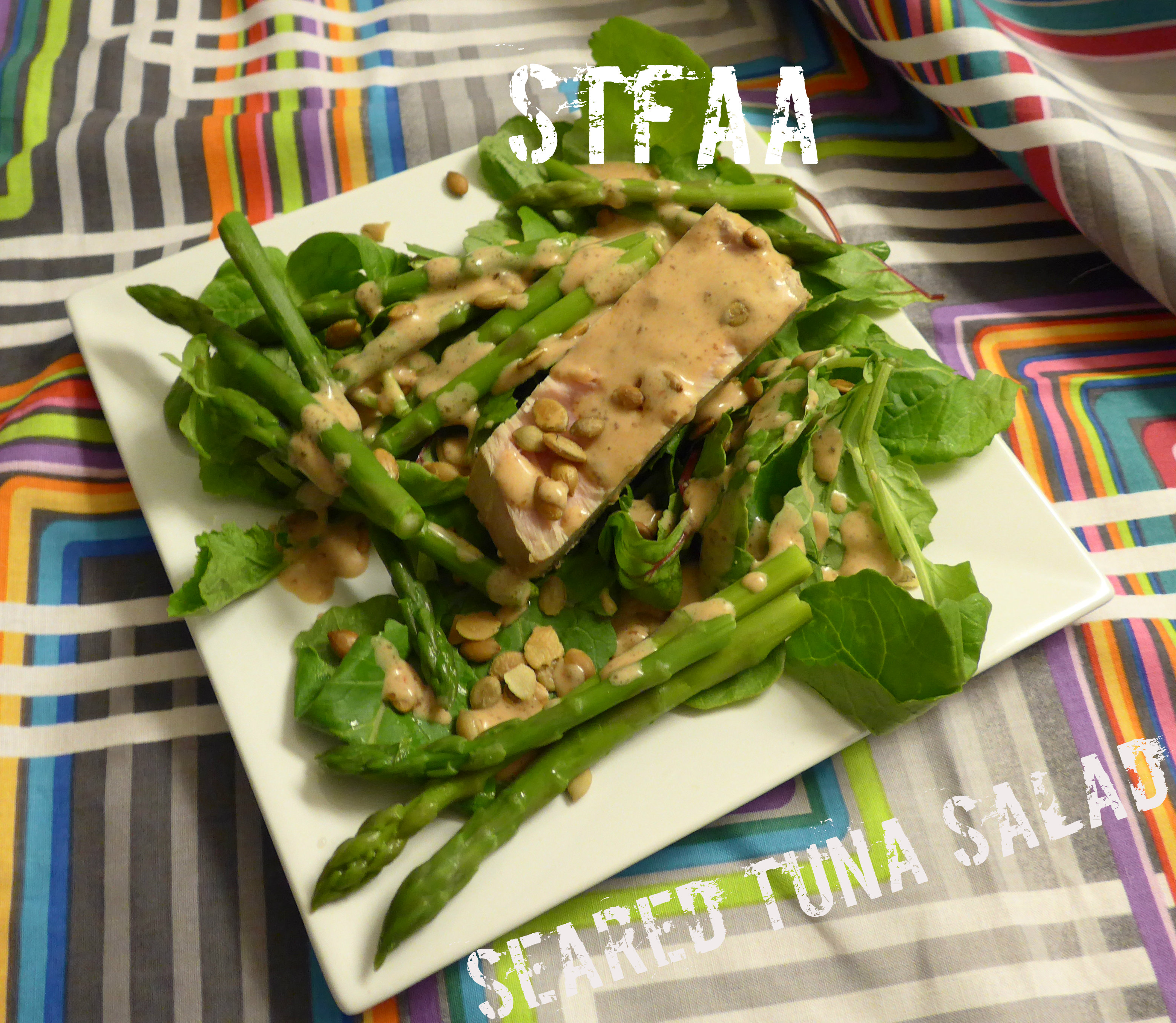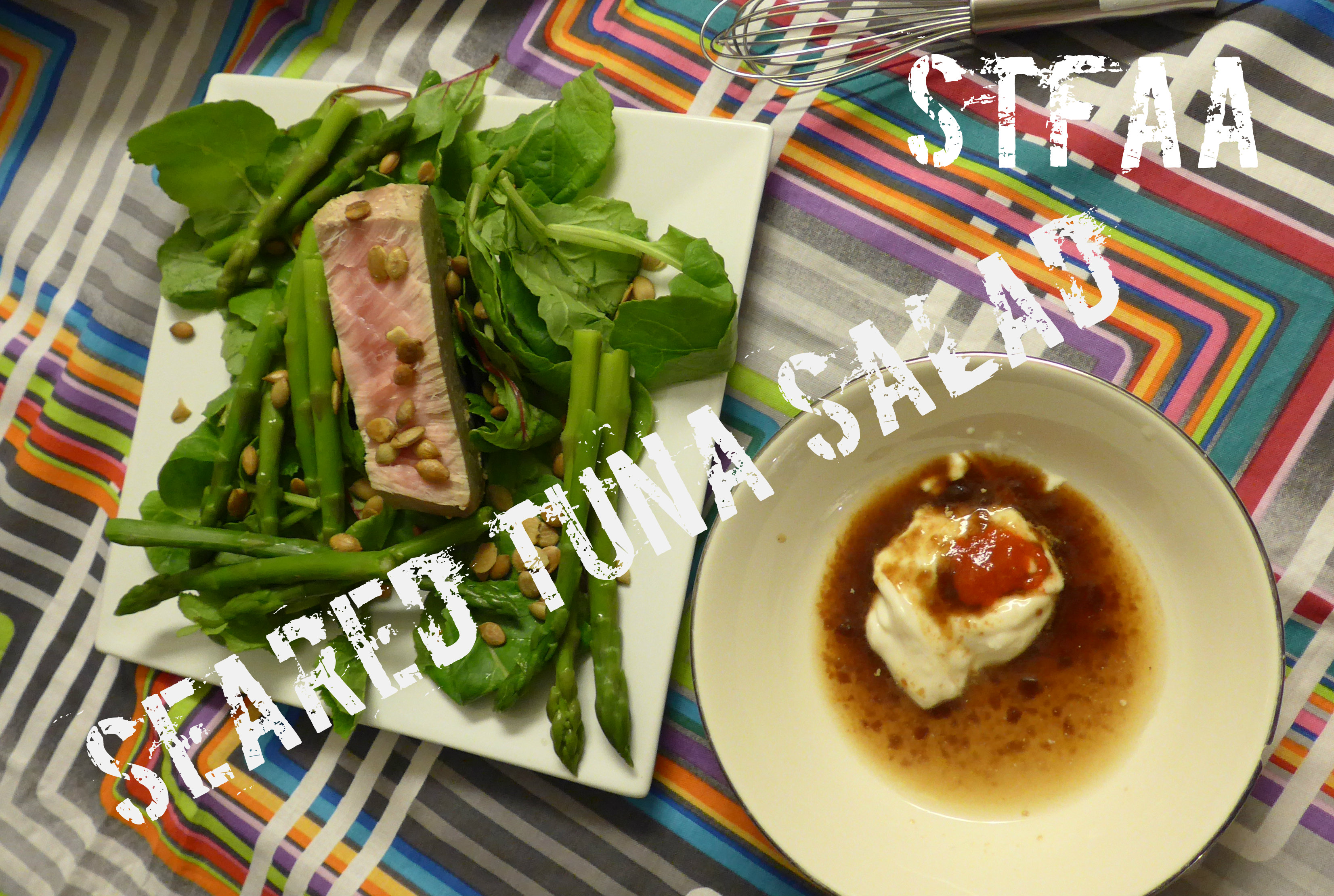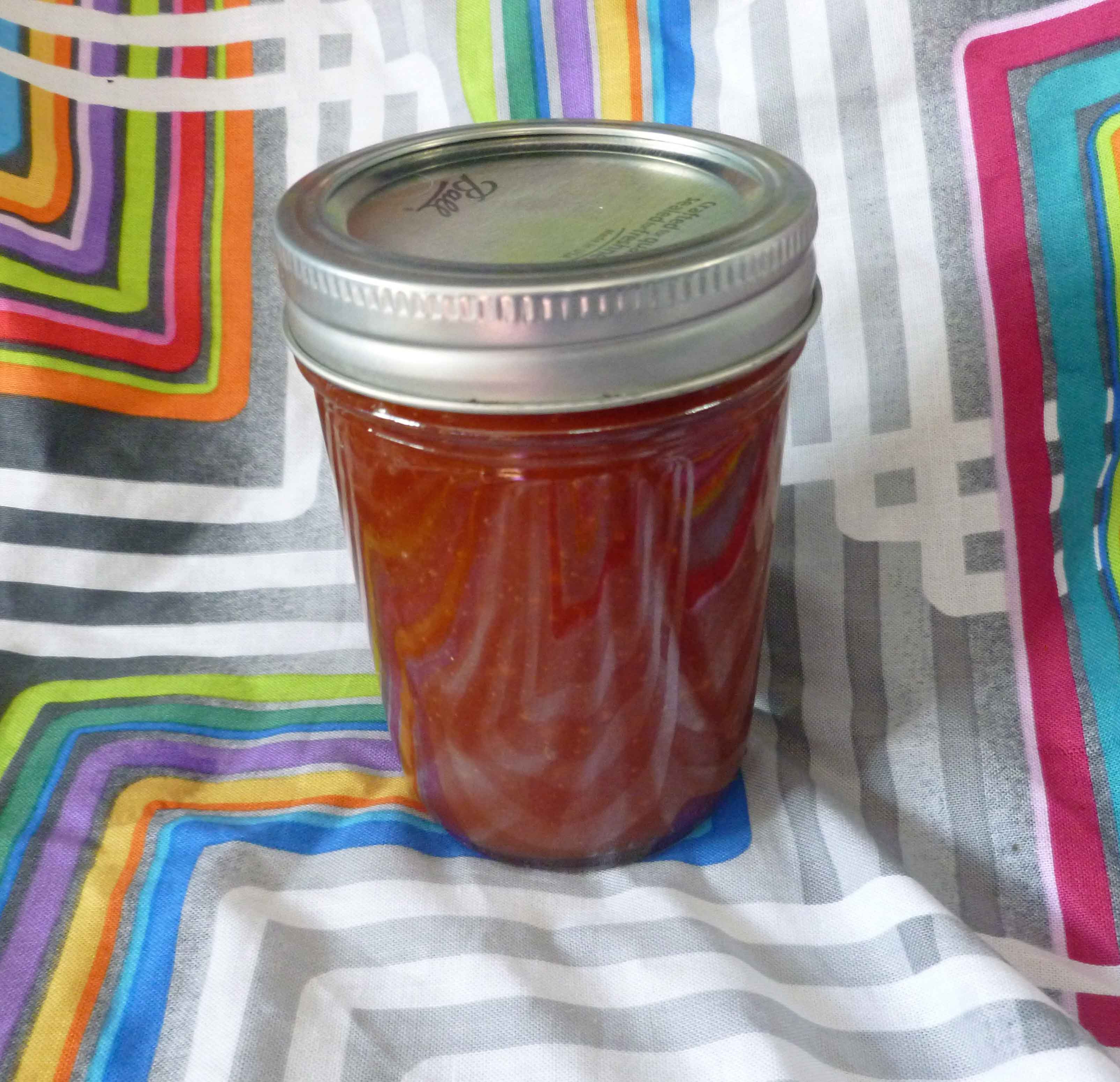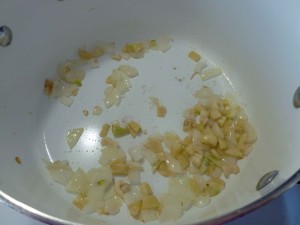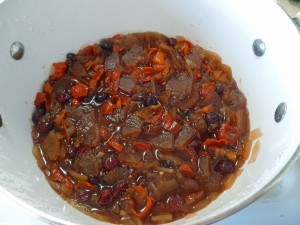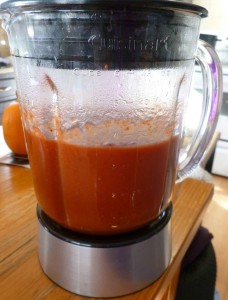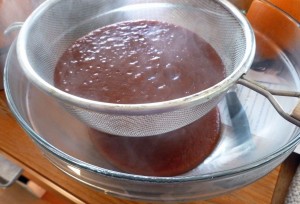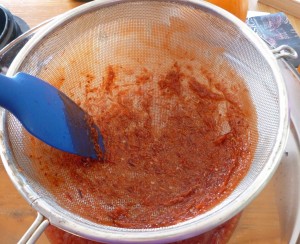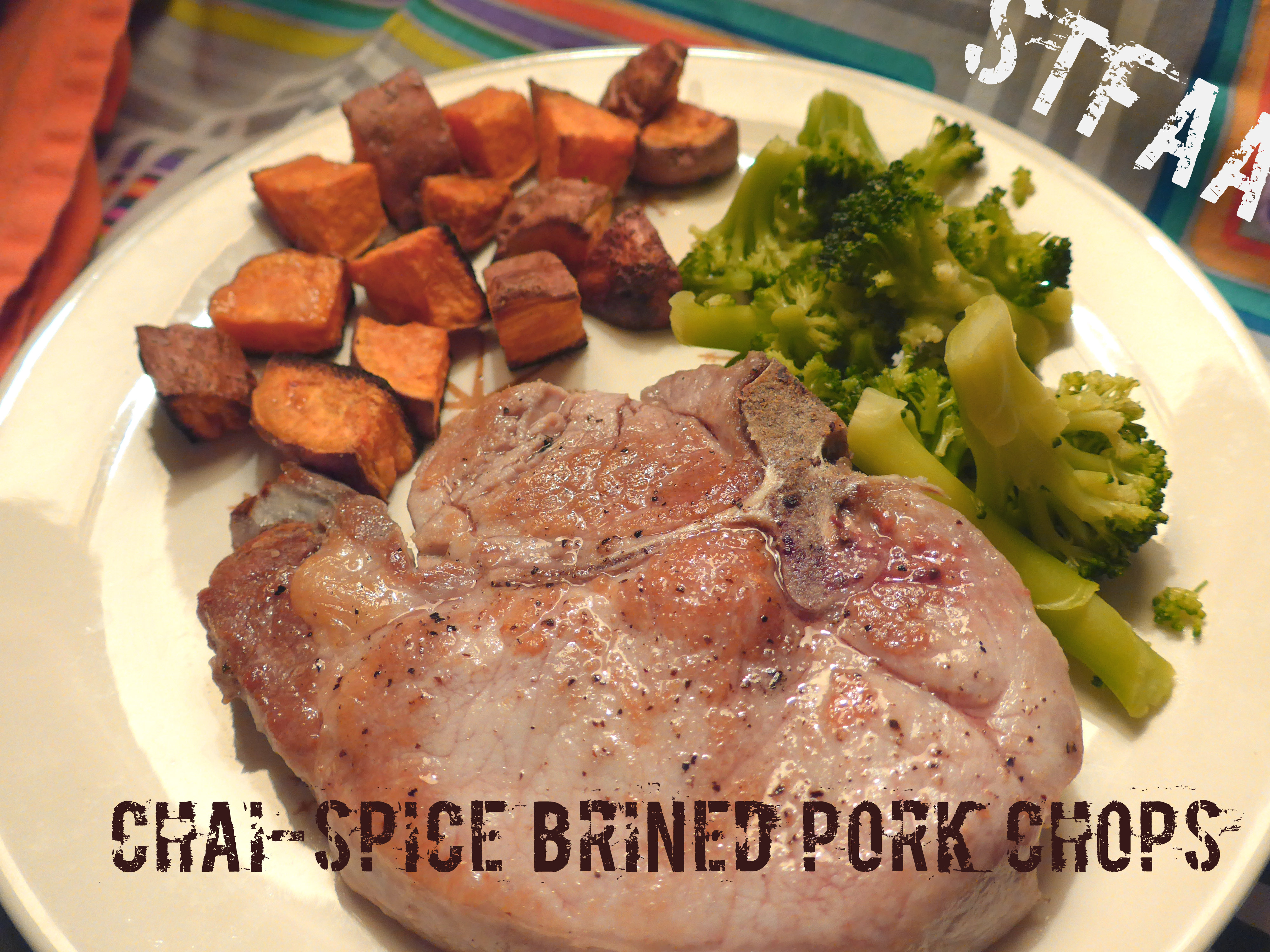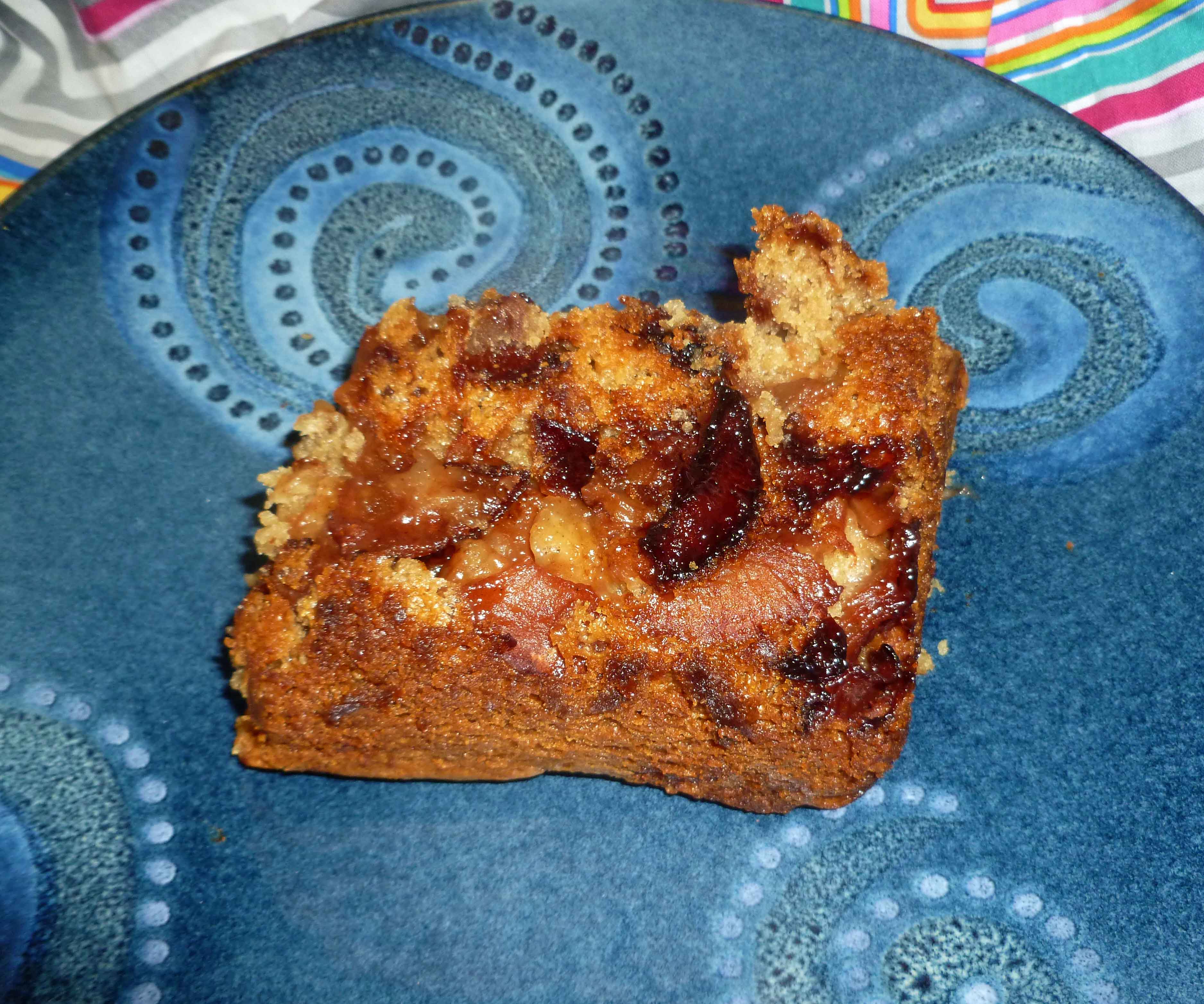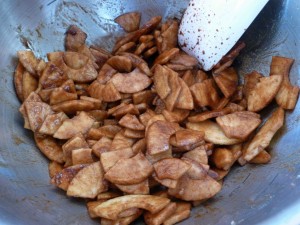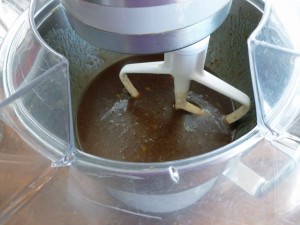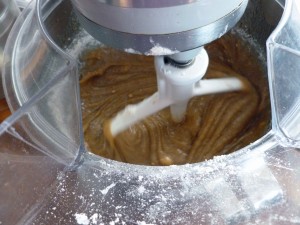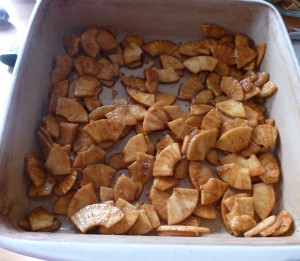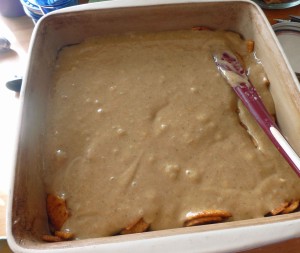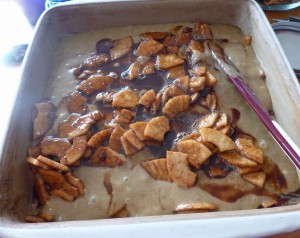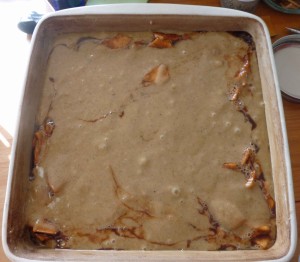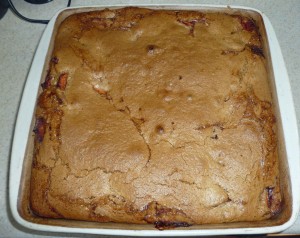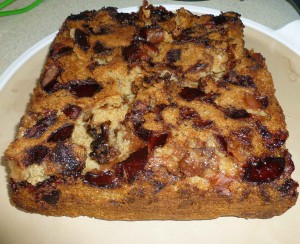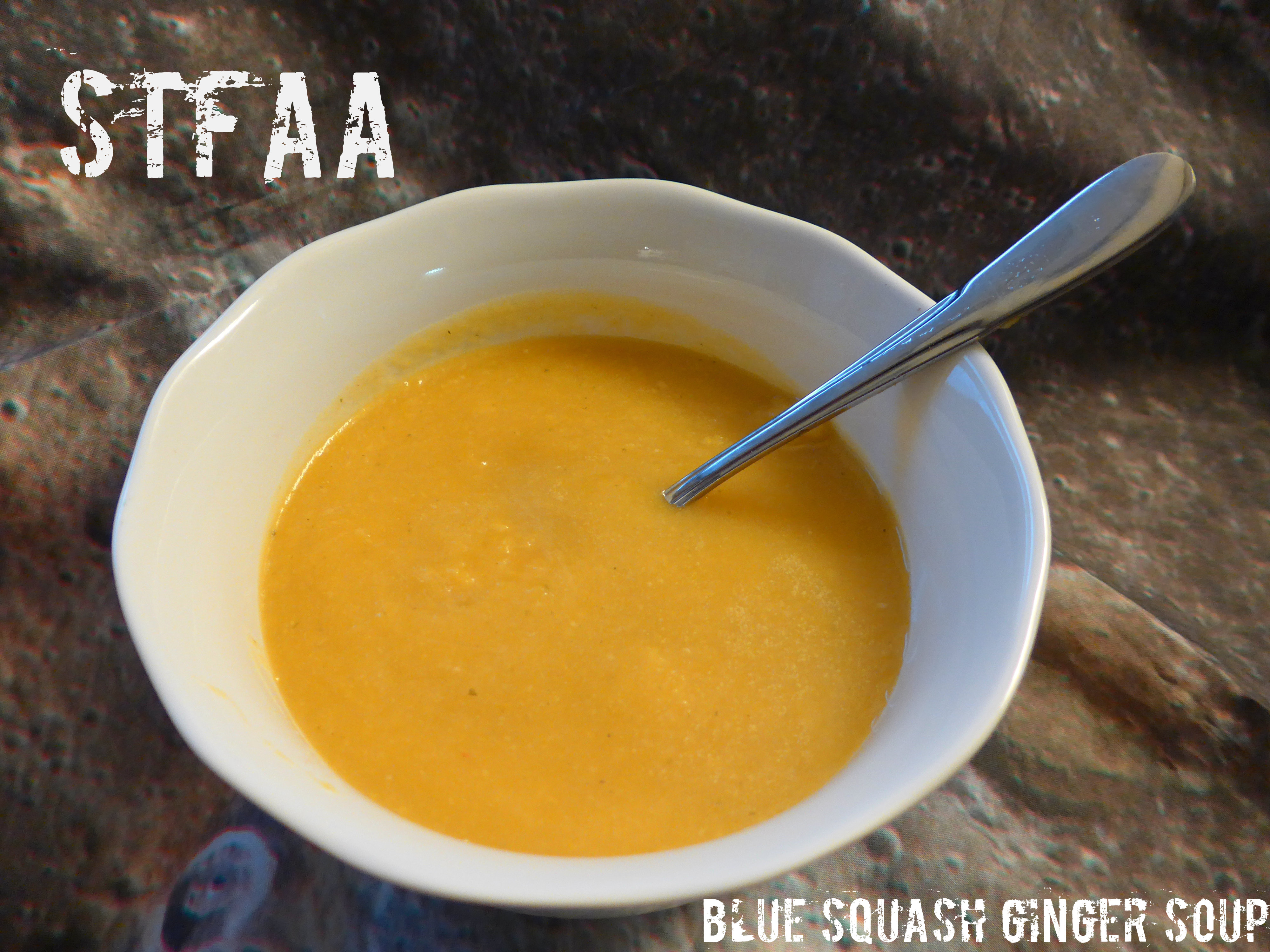
This soup was inspired by the huge fragment of a Blue Hubbard Squash I bought because I wanted to try one. But then I had to figure out what to do with 3.5 lbs of squash. That’s too much roasted squash to be reasonable, so I figured why not soup.
Blue hubbard is weirdly blue-ish on the outside, and lighter and yellower than butternut squash on the inside. It’s a subtler flavor than butternut, in the best way possible. For lack of a better description, it’s a “cleaner” squash taste. It’s really good. I really liked the blue hubbard, and despite the fact that hacking it up is a bit of a chore, I will definitely buy more of it.
Because it’s chock full of ginger, I think this would also be a soothing soup if you weren’t feeling well. It’s a pretty straightforward recipe, but plan a little time for hacking at the squash with your biggest, sharpest knife. It’s light enough that it might make a good opener for Thanksgiving if soup or squash are on the menu, but a big bowl with a salad would also make a decent lunch.
Notice: Trying to access array offset on value of type bool in /home/maryzahc/public_html/adultfoodallergies.com/wp-content/plugins/wp-ultimate-recipe/helpers/models/recipe.php on line 254
| Servings | Prep Time |
| 1.5 quarts | 15 minutes |
| Cook Time | Passive Time |
| 50 minutes | 30 minutes |
|
|
|
A nice soup for a first course (if you are inclined to serve first courses) or any cold winter day. The coconut milk is nice, but completely optional, so feel free to omit it.
|
- 6 cups vegetable stock check for allergens if using commercial stock
- 3.5 pounds blue hubbard squash (weight prior to removing rind)
- 2 Tablespoons olive oil
- 2 medium onions sliced thin for quicker cooking, about 2 cups
- 2 inches fresh ginger peeled and grated
- 1 Tablespoon garlic minced
- 2 Tablespoons coconut milk OR other non-dairy milk, optional
Cut large squash chunk into smaller chunks. Then cut rind off and cut remaining squash into large — 2 inch cube — chunks.
Bring 6 cups of vegetable stock (or water and bouillon) to a boil in a large soup or stock pot. Add squash and cook until tender, about 20-30 minutes, but could vary based on the size of your chunks.
Drain the squash, but reserve the liquid. Either scoop out the squash with a slotted spoon, or put a colander into a large heat-safe bowl and dump. You will use most, but not all, of the stock to make the soup.
Saute the onions in the olive oil. When the onions are translucent and beginning to brown, add the ginger, stirring well, and the garlic, also stirring well. When these are fragrant, add the squash; stir well.
Add about 4 cups of the reserved stock, more if needed to cover all the squash, and bring the entire pot to a boil. Simmer for about 20 minutes.
Puree the soup, preferably using an immersion blender, but carefully in a blender or food processor if you need to. Add the soup back to the pot if you removed it, and add the coconut milk or other non-dairy milk if using. Taste, and add salt or pepper if needed. Allow to simmer a few more minutes to blend in the milks, and serve hot.
